Imagine your customer trying to pay for your goods or services. They enter all the necessary data on the payment page and then see the “payment decline” message. What is the most expected reaction? If your product or service is really important or rare, the customer might try again. But usually, they'll switch to one of your competitors and buy there. Sure, the expected behaviour depends on the reasons for the decline or even on a user’s mood. But it is advisable to take all possible steps to minimise the likelihood of declined payments.
This article covers key takeaways on factors influencing payment gateway success rates. Let's go!
What are the reasons for declined payments?
Payment declines might happen at several points of payment processing and for various reasons. The good news is that, in most cases, they are preventable. Certainly, sometimes they require actions on the user’s side and sometimes on yours. Now let’s drill down on the most common reasons.
Lack of funds
A vivid scenario: a customer wants to use a paid service but has no money on the chosen payment method balance. As practice shows, this is the reason for about 40% of failed payments.
At first glance, the way out is simple — the user has to refill the balance and then retry to complete the purchase. And you can do nothing with it on your side. But there’s more to this than meets the eye. Keep in mind that a customer may not want to refill the balance at that moment. Or may just change their mind and decide not to complete the purchase. As far as it may lead to revenue losses, it’s not only your customers’ concern but yours too.
Here’s how you can resolve a declined payment in this case:
- Case 1. The user's card number is known, and it's not the first time they've made a payment on your website. This situation is perfect for working with loyalty – your company can show appreciation to a repeat purchaser. The further steps depend on the type of services or products you sell. For instance, after the response from the payment processor about the lack of funds, you might thank the user for being with your company and inform them that despite the declined payment, they received the product or service as a gift.
- Case 2. The user is unknown and has never made payments on your website. Offering an alternative payment option for the user would be a perfect solution. Thus you'll resolve a declined payment by letting the user retry with another payment system or online lending service (for example, services of online micro loans directly to the card).
- Case 3. The user is known but has never made payments on your website. Some processing centres offer a delayed purchase option, i.e. they make several retries to charge off money from the user’s account with a predefined frequency. A user gets the product or service, but his account is charged later. You may explicitly inform the user to refill the account within a certain period. Or you can even develop your own credit system, but this is fraught with overhead costs for implementing your own system of anti-fraud filters, blacklist users, and a scoring system.
Invalid card
This reason for a declined payment is beyond the merchants' control. In this case, the user should contact the issuing bank and solve the issue with their payment information and card number with their assistance.
Anti-fraud filters
As the trickiest category, it includes a range of payment decline cases, sometimes quite strange ones. Anti-fraud filters are usually a kind of companies' know-how (payment gateways included). It is almost impossible to describe the reasons for transaction declines clearly. Sometimes the reasons might even be absent. Still, the most popular reasons for anti-fraud declines are unusual locations of payments or unusual activity in general.
What can be done? If a user and their payment reputation are known to you (no precedents for fraud or chargeback before), try to address your processing centre and request to authorise this user and allow them to pay, despite the identified fraud threat. In other cases, segregate and consider each type of error separately and decide based on the frequency and amounts of rejected transactions. You will have to assume full responsibility for potential losses and risks.
Merchant account settings
This category includes all declined transactions that were not processed because of the billing restrictions indicated in the contract with your payment processor. It can be the min/max amount of transactions for one purchase, max amount of transactions per day or month, geographic restrictions, and/or restrictions on the type of payment system. If you suspect one of these aspects to be the reason for a decline, try reconsidering the agreement.
Human errors
Many treat such declines as errors caused by users. Not so fast. This category includes all obstacles that mislead users or unclearly convey the essence of the target action, illogically thought-out interaction scenarios, and texts that can be interpreted ambiguously. So, this includes UI/UX and copyright errors as well.
- Notifications. If payment was declined due to the lack of money, showing something like “Insufficient funds. Please, choose another payment method or top up your account” would be better and more friendly than “Payment declined” and encouraging the user to retry.
- Buttons. A user clicks on the “Pay” button on your website and gets redirected to a payment page on a new tab to fill in the payment details — the implied action and the real one do not correspond. The target action is “Go to the payment page”.
- Payment details. Implement recurring payments on your site. The system will remember the billing details, preferred payment methods, payment data, etc., of customers who often pay on your website.
Gateway downtime
This category might be considered the most controversial. On the one hand, you can’t influence the declines that occurred on the gateway’s side. Conversely, you can thoroughly search before choosing a gateway for your business. The declines in this category comprise all planned and unscheduled maintenance, system or partner server uptime. By the way, do you know where they are hosted? Consider subscribing to the hosting news digest: the information there might be useful.
Do you know how much downtime of your payment processor costs you? In fact, this equals the sum passing through a gateway you use per minute (obviously, it will differ at times). So, the best solution for large projects is to include a failover partner for processing the transactions. To determine if you need an additional gateway and protect against potential issues, review the downtime of your current gateway in accepting payments (for instance, consider the last month).
At Corefy, we empower businesses with a feature-rich toolkit to accept payments and make payouts hassle-freely. Our platform meets the highest stability standards and is designed for maximum uptime to minimise possible risks while processing your transactions. Contact us to find out more and make your payment flows frictionless and your customers’ shopping experience smooth.




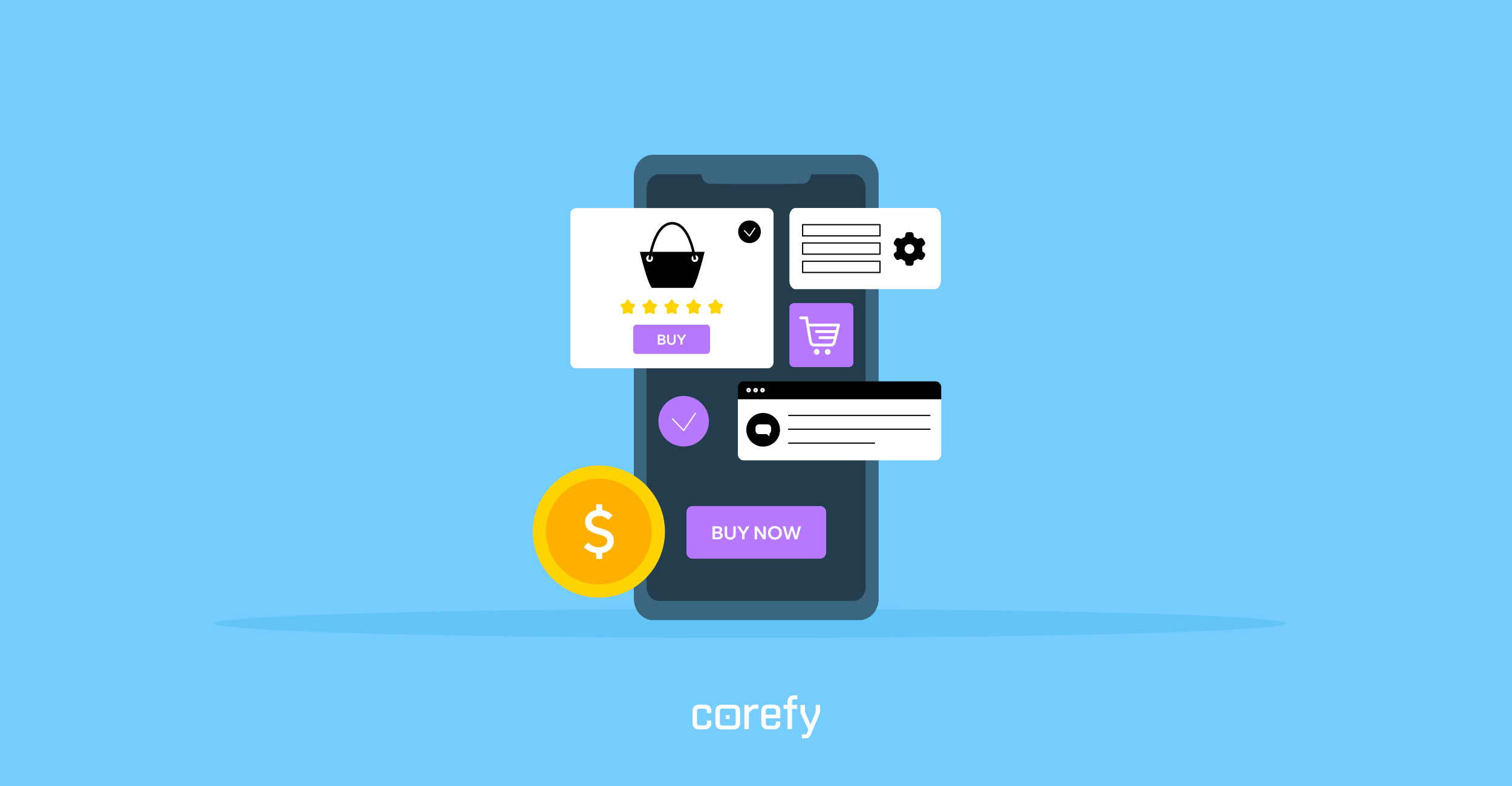
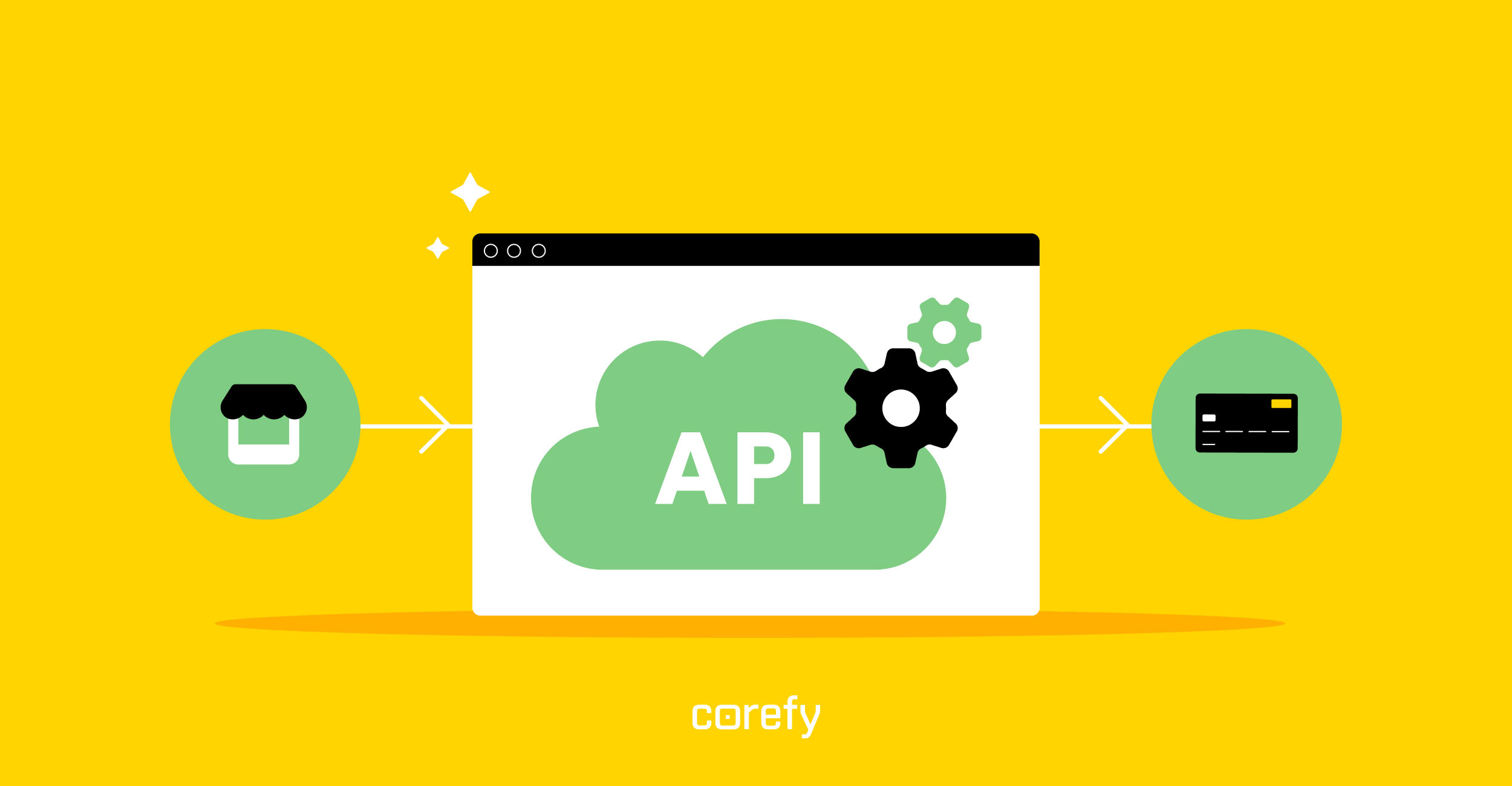
.jpg)

.jpg)
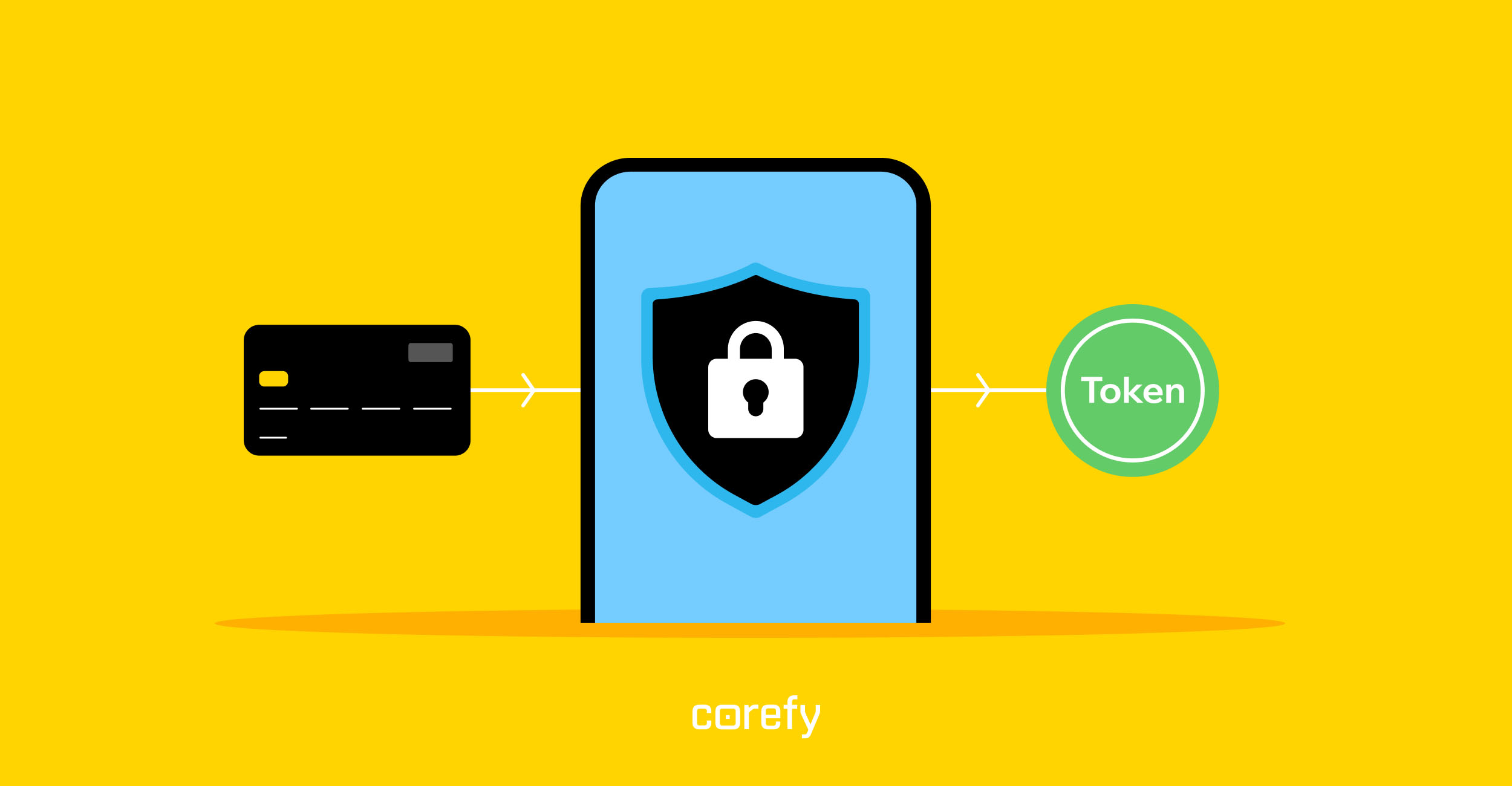
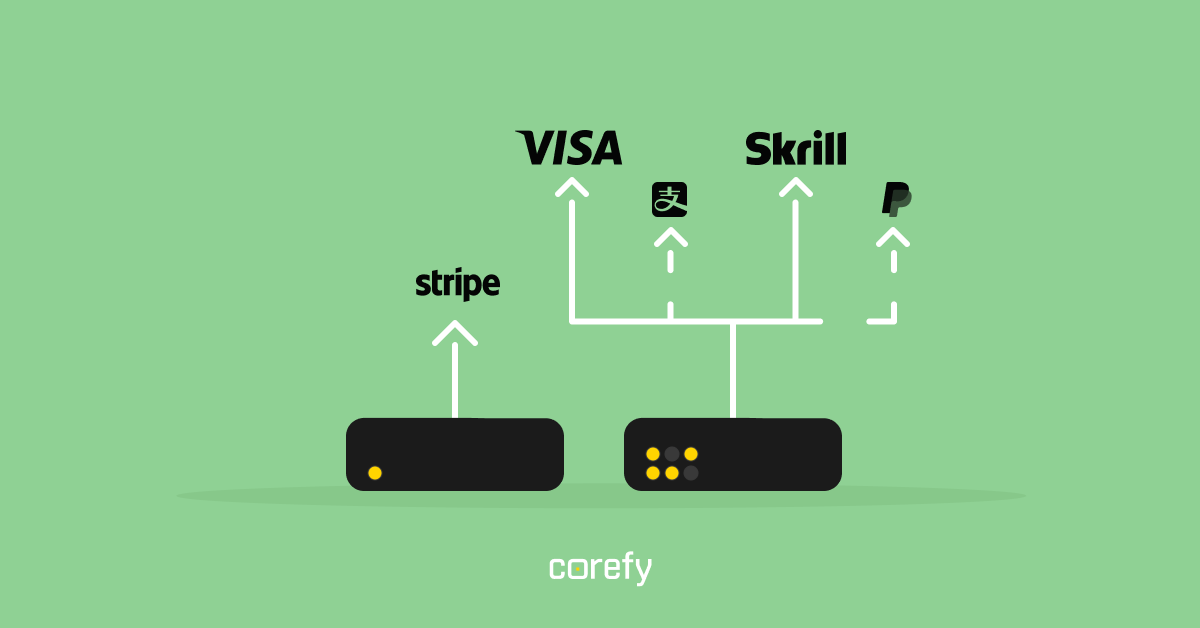
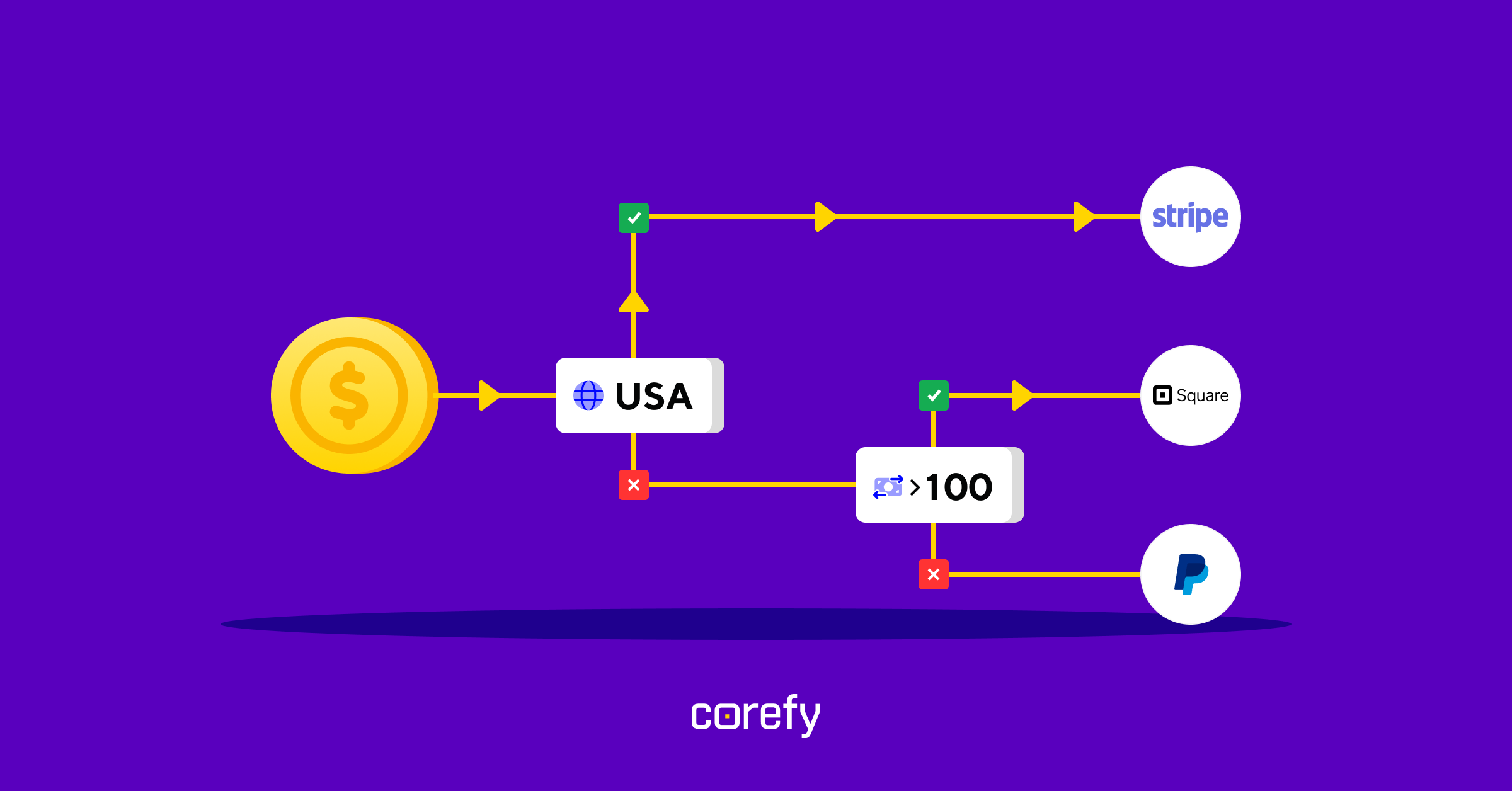
.jpg)
